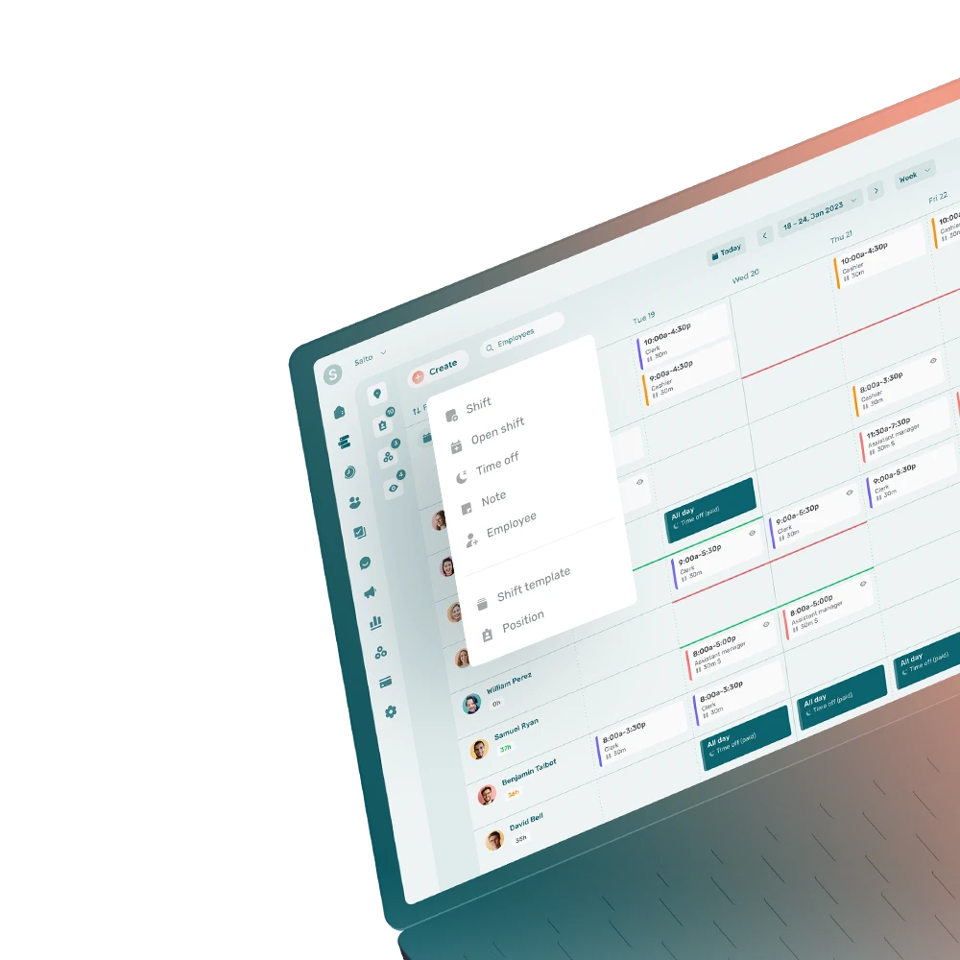A balanced scorecard (BSC) refers to a system used to measure a company’s performance and results, taking into account all the organization’s strategic axes.
What Is the Purpose of a Balanced Scorecard?
A balanced scorecard helps organize, structure and implement a relevant and coherent strategy for improving a company’s performance.
A balanced scorecard also helps identify operational objectives that align with strategic goals. It simplifies the prioritization of development projects and marketing actions. It makes it easier to measure whether objectives have been achieved and to communicate an organization’s strategic plan.
What Are the 4 Axes of the Balanced Scorecard?
The 4 axes of the balanced scorecard include:
- Customers: their experience and perception of the company
- Finances: the shareholders’ point of view
- Internal processes: the methods used to meet customer and shareholder expectations
- Learning and development: employee effectiveness and methods used to foster innovation
In a balanced scorecard, each of these areas is defined in terms of objectives, indicators, actions and targets.
What Is the Structure of the Balanced Scorecard Model?
The structure of the balanced scorecard model is based on 4 distinct axes: customers, finances, internal processes, and learning & development.
For each of these areas, companies must identify objectives, key performance indicators, targets and concrete actions.
Once the plan has been drawn up, companies must present their strategy to employees. They then regularly measure the level of achievement of the objectives, so they can adapt implemented actions accordingly.
What Is the History of the Balanced Scorecard?
The balanced scorecard was developed by Robert Kaplan and David Norton in the early 90s. They created the system to take into account all aspects of a company’s operations, beyond financial information.
The researchers believe that the 4 axes of their model are interrelated, and all directly influence performance and the achievement of a company’s objectives.
What Are the Benefits of Balanced Scorecards?
The advantages of using a balanced scorecard include:
- Making it simpler to share strategy-related information within a company
- Simplifying review and adjustments to the strategy in place
- Ensuring alignment of all stakeholders
- Identifying strategy priorities
- Providing a global view of a company’s performance
How to Build a Balanced Scorecard?
The steps involved in building a balanced scorecard include:
- Identifying the company’s vision
- Determining objectives in line with the 4 axes of the balanced scorecard
- Selecting performance indicators for each objective
- Planning strategic actions
- Summarizing information in the form of a dashboard




